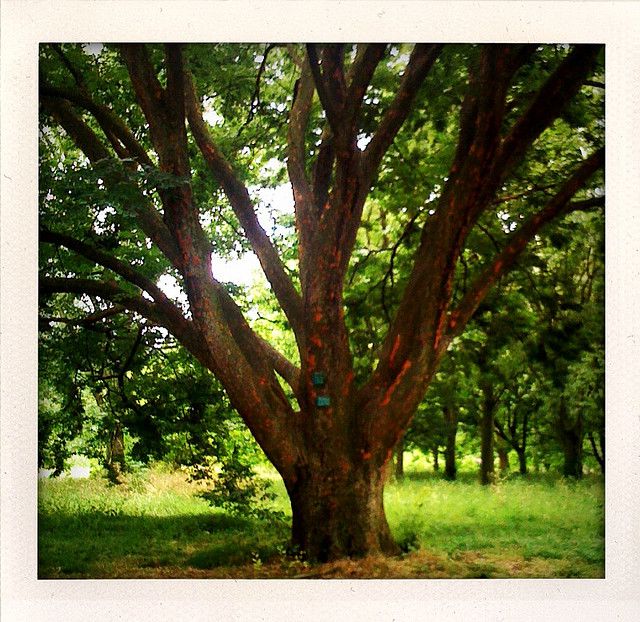-
 Palliative
Palliative
-
 Endoscope
Endoscope
-
 Anseriformes
Anseriformes
-
 Dysnomia
Dysnomia
-
 Ovulation test
Ovulation test
-
 Elective surgery
Elective surgery
-
 Crossover
Crossover
-
 Restriction enzymes
Restriction enzymes
-
 Solar system
Solar system
-
 Organic Pollution
Organic Pollution
-
 Colic
Colic
-
 A5
A5
-
 Koua river prawn
Koua river prawn
-
 DSL
DSL
-
 Villi
Villi
-
 Monoclinic system
Monoclinic system
-
 Granite
Granite
-
 Red panda
Red panda
-
 Modem
Modem
-
 Catalyst
Catalyst
-
 Backing block
Backing block
-
 Phthalate
Phthalate
-
 Optical isomers
Optical isomers
-
 Internal tide
Internal tide
-
 Nucleotide
Nucleotide
-
 Amputation
Amputation
-
 Aperture synthesis
Aperture synthesis
-
 Radon
Radon
-
 Celestial equator
Celestial equator
-
 Spin
Spin
Caucasian Elm
The Caucasian elm is close to the field elm and the hackberry. It is a beautiful tree with a remarkable structure and its harmonious proportions.
Names
The Caucasian elm (Zelkova carpinifolia) belongs to the Ulmaceae family. It is also called the Ironwood.
Botanical description of the Caucasian elm
This tree can reach heights of 30 to 35 m. Its trunk is often short and wide, marked by large grooves. Its branches start near the ground and fan out as they rise, creating a beautiful oval shape with dense foliage. Its smooth and greyish bark flakes off in plates. Its deciduous leaves are alternate, elliptical, from 8 to 10 cm long, crenelate, almost tough and pubescent. In autumn its foliage turns a beautiful orange-yellow colour. Its male and female flowers are found on the same branches at the axil of the leaves. Very small, they open during the spring blossom.
Origins
Originally from Asia Minor, this tree was introduced into Europe in 1760 by a botanist who had gone on a mission to Iran, André Michaux. A specimen from this expedition still grows in the Jardin des Plantes in Paris.
Growing conditions of the Caucasian elm
Originally from Asia Minor, the Caucasian elm is very resistant to cold temperatures and can tolerate temperatures down to -30 °C. It likes locations exposed to the wind and, in summer, enjoys full sunshine. It grows well in deep soil with good humidity.
Use
Caucasian elm wood is hard and resists humidity. It is traditionally used to create framework, wheel hubs and pulleys. In the past it was used for Venice’s wooden piles.
Author: Michel Caron
 Caucasian elm. © Martin Menu-Flickr nc 20
Caucasian elm. © Martin Menu-Flickr nc 20
Latest
Fill out my online form.



